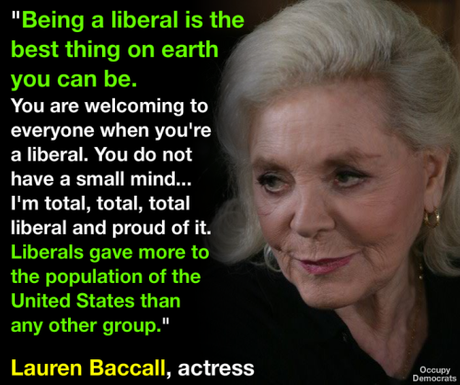Apparently Californians don’t know the definition of insanity.

Sacramento Bee: Federal officials released three major economic reports this month and together, they paint a dark picture of California.
Superficially, the monthly employment report from the Bureau of Labor Statistics (BLS) was good news. California added 36,300 jobs in August, 470,000 in one year and more than 2 million since the recovery began. The unemployment rate, which had topped 12 percent during the recession, dropped to 6.1 percent in August.
Meanwhile, the Census Bureau reported that California’s official poverty rate for 2014 was 16.3 percent, somewhat higher than the national rate of 14.7 percent.
Finally, a Bureau of Economic Analysis report on regional economies revealed that outside the red-hot San Francisco Bay Area, California’s economy trailed national expansion last year, and several rural areas actually saw declines.
Taken together, the voluminous data dumps reveal that those on the upper rungs of the economic ladder, and the communities in which they cluster, particularly in the Bay Area, are doing well. However, very large portions of the state, both geographically and sociologically, are struggling.
Take that 6.1 percent jobless rate. As low as that may seem, it’s still the ninth-highest among the states, a full percentage point higher than the national average and 50 percent higher than Texas’ 4.1 percent. Among the nation’s 387 Bureau of Labor Statistics “metropolitan statistical areas,” nine of the 10 with the highest unemployment rates are in California, topped by 24.2 percent in Imperial County.
Among the nation’s 51 largest Metropolitan Statistical Areas (MSAs), the Riverside-San Bernardino region is dead last at 7.1 percent, yet environmental groups want to block a proposed new warehouse complex (and its jobs) in Riverside County.
California fares even worse by a truer measure of underemployment, called U-6, which counts not only workers who are officially unemployed, but those “marginally attached” to the labor force and those involuntarily working part-time. Our U-6 rate is 14 percent, down a bit from the recession but still the nation’s second-highest, topped only by Nevada’s 15.2 percent.
Finally, the true employment picture is affected by the “labor force participation rate,” the percentage of those in the prime working age group (16-64) working or seeking work. Ours is 62.3 percent, the lowest level in 40 years. When more than a third of potential workers sit on the sidelines, the official unemployment rate, or even U-6, look much better than they truly are. The true underemployment rate may be closer to 20 percent.
Back to the poverty rate. It’s not only higher than the national rate, but as the California Budget and Policy Center points out, the data indicate that 22.7 percent of the state’s children are living in poverty, and they are nearly a third of all officially impoverished Californians. As dark as that situation may sound, it’s actually worse. By the Census Bureau’s supplemental poverty measure, which uses broader factors including the cost of living – especially housing – 23.4 percent of Californians are impoverished.
Those data are bolstered by two other factoids. Nearly a third of California’s 39 million residents are enrolled in Medi-Cal, the federal-state health care program for the poor, and nearly 60 percent of K-12 students qualify for reduced-price or free lunches due to low family incomes.
This is not a pretty picture.
DCG

